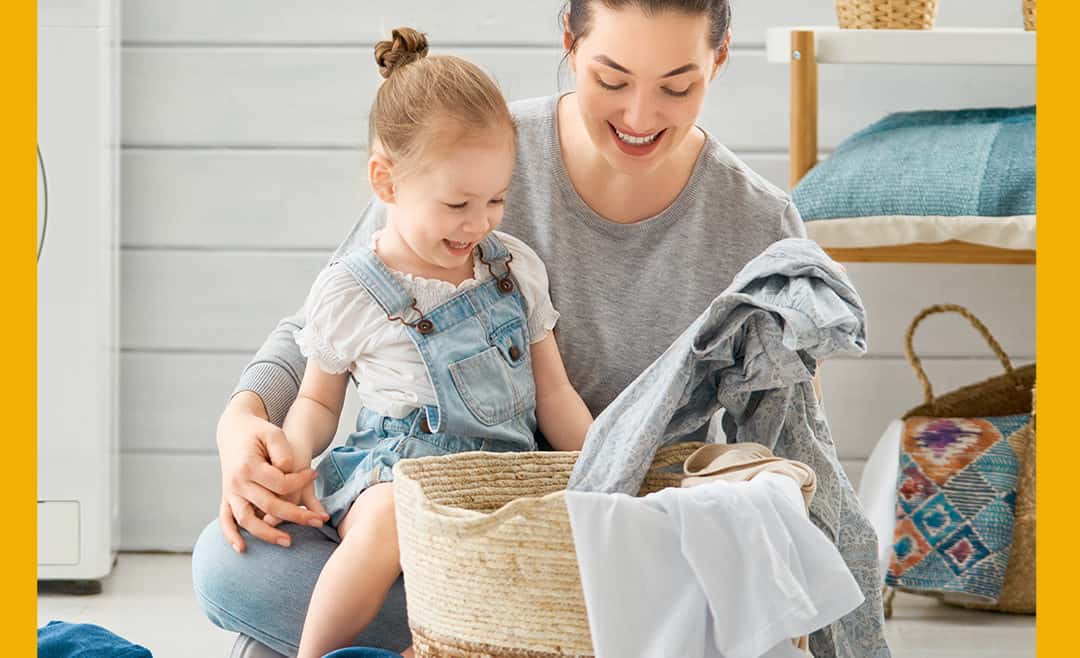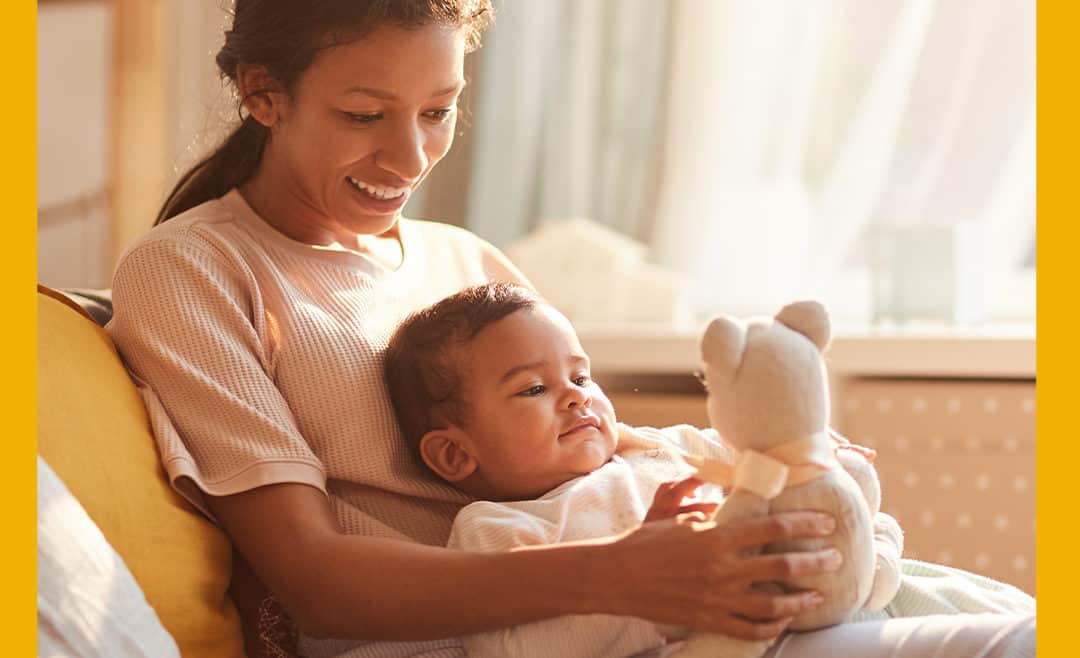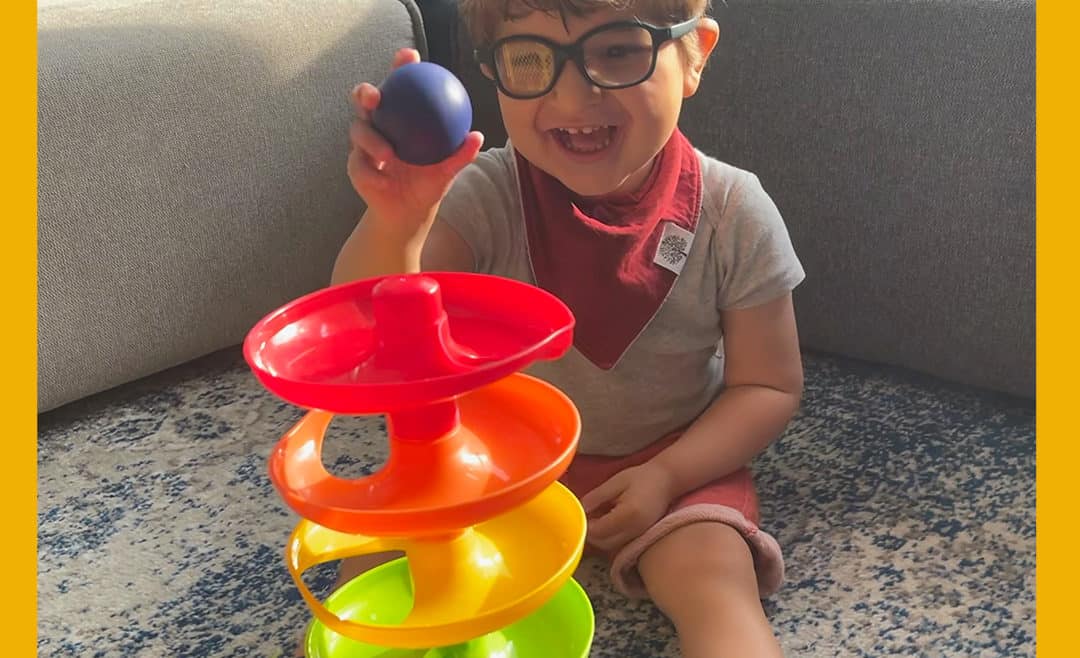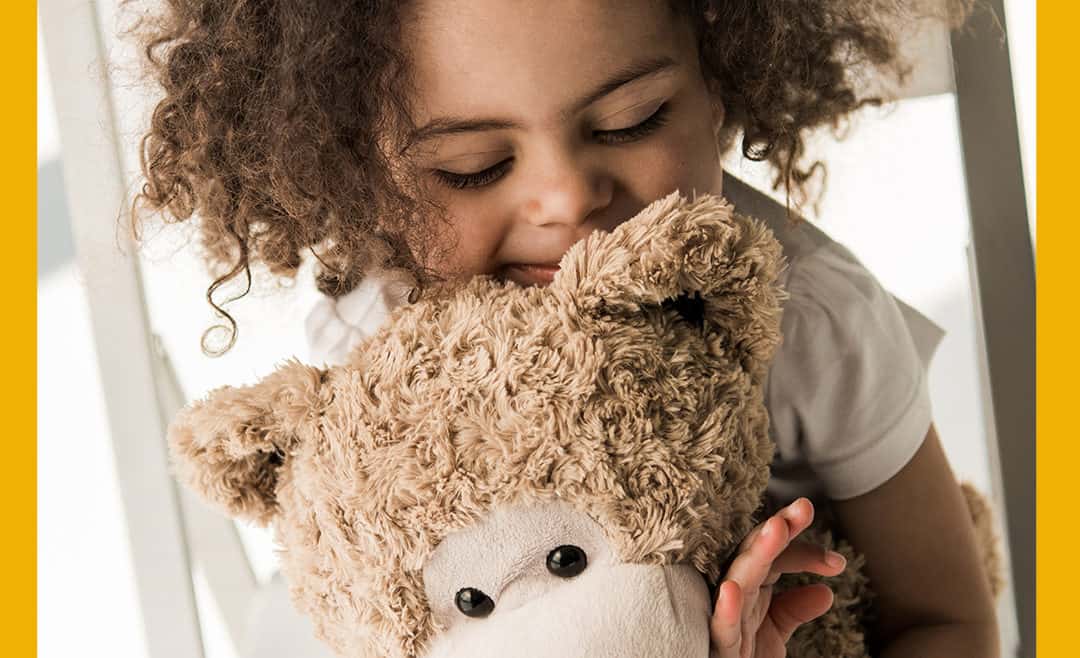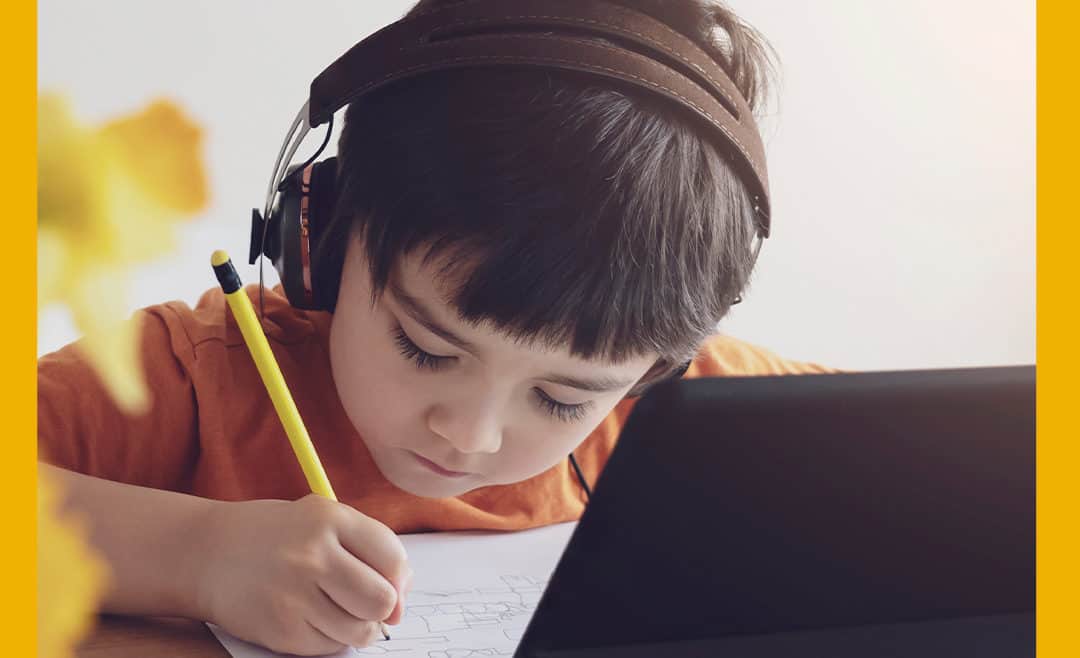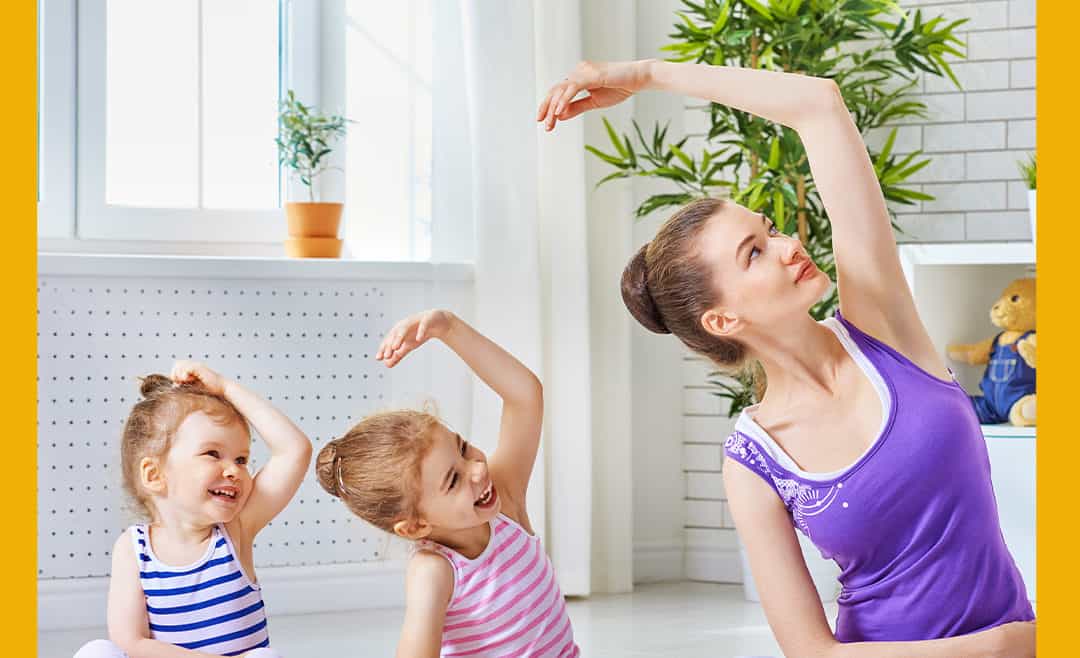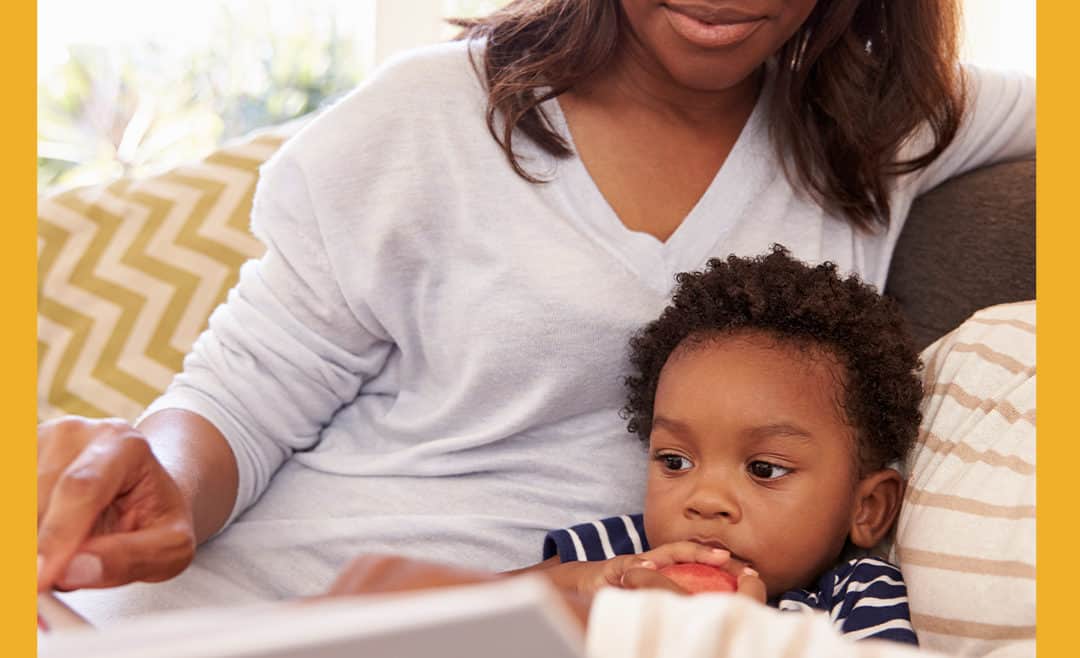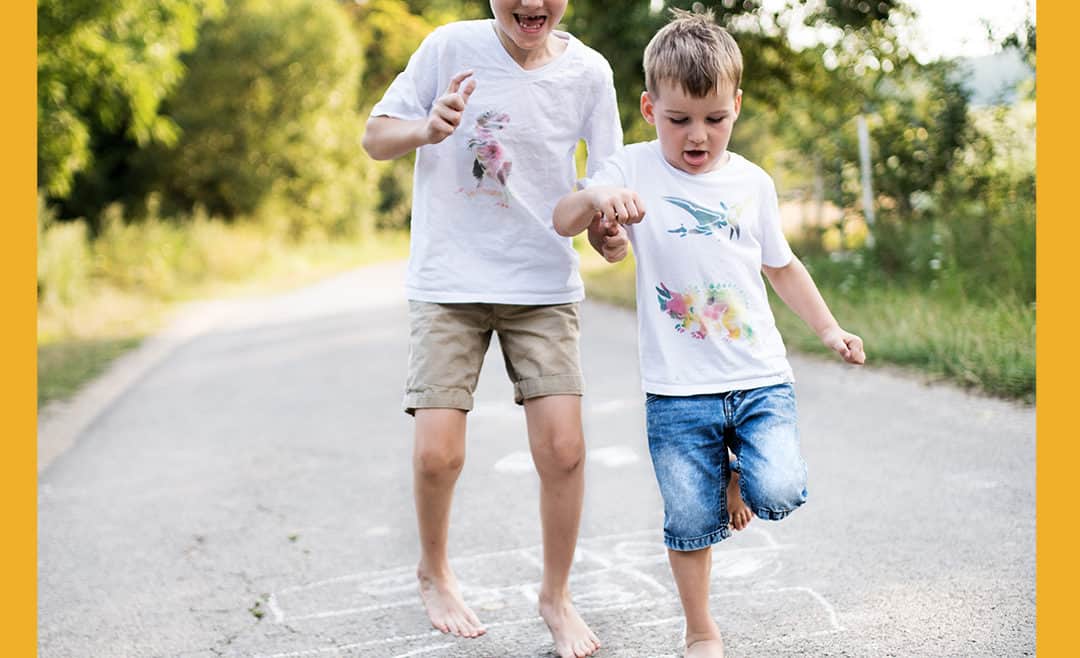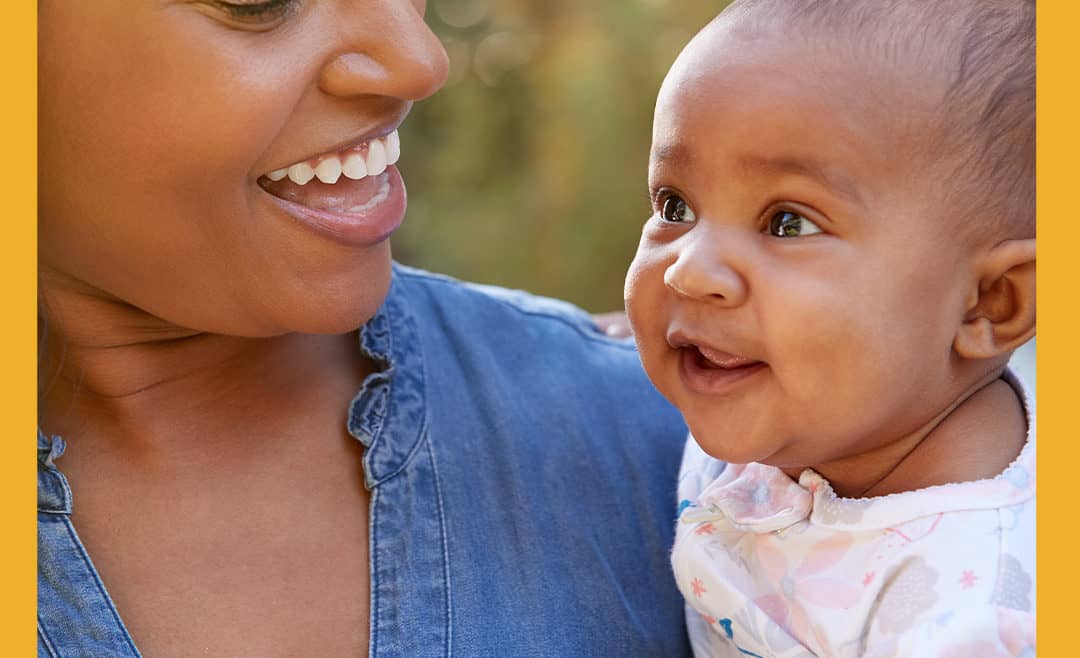From our PTN family to yours – Happy New Year! We have enjoyed working with each of our PTN families this past year and are looking forward to working with you in 2022 and beyond. We understand that the last few years have been a whirlwind full of uncertainties, but we are extremely hopeful for the new year ahead.
To help start off the new year on the right foot, we wanted to take some of the stress and pressure off by sharing some ways that you can easily incorporate your little one’s therapy into your daily routine. Parents are some of the most incredible people in the world and will do anything to help their children succeed. Unfortunately, parents tend to forget at times that they need to take care of their well-being, too. Our hope is that these ideas will help take some of the stress off of your shoulders, while seamlessly allowing you to work on your child’s therapy goals during some of your day-to-day activities:
Take a Trip to the Grocery Store
One way to incorporate your child’s therapy goals into your daily routine is to take them along with you on your next trip to the grocery store. As you walk up and down the store aisles, have your child help to identify, label, or count items that they are placing in the cart, and ask them to describe each item. For example, if you are purchasing some apples, ask your child to describe the color of the apples and then proceed to ask them if they like apples. Finally, give your child some information about the item. In the case of an apple, you could tell them that they’re nutritious and will help make them grow big and strong! Handwriting goals? Have your child help you write out the grocery list ahead of time.
Sort Laundry
Even if we (as adults) may not like doing laundry, you’ll be surprised at how much your child will enjoy sorting it! Have your little one sit down with your clean laundry pile, and ask them to sort it for you into piles by the color of the clothing item or by the type of clothing item. Another fun thing that you can do during this activity is to ask your child what part of the body each article of clothing goes on and then have them describe their favorite pieces of clothing! Work on your child’s motor planning and strength by having them climb in and out of the laundry basket.
Get Ready For Bed
Get your child involved during their bedtime routine. First, ask your little one what pajamas they would like to wear and have them help you put them on. Ask questions about their pajama choice, including the color, if they’re soft, and what characters or objects can be seen on the pajamas. Have them practice stair-stepping by offering them a step stool to climb in order to reach the sink when brushing their teeth. Another thing you can do is have your child pick out what book they want to read for their bedtime story. While reading the book, ask them questions about the book, and then discuss how your child felt about the story at the end. Your little one will love being able to have a say during their nighttime routine.
We know that 2022 will be an incredible year and hope that these activities will make it easier (and less stressful) for you to work with your child on their therapy throughout the day. Follow us on our social media (Facebook, Instagram, Pinterest) all month long for more suggestions on stress-free ways to work on your child’s therapy during your daily routine, as well as great tips, activities, resources, and more! As always, please don’t hesitate to contact us at any time to discuss if your child would benefit from pediatric therapy. Our team is here to support both you and your child in any way that we can. Here’s to an incredible year ahead!


